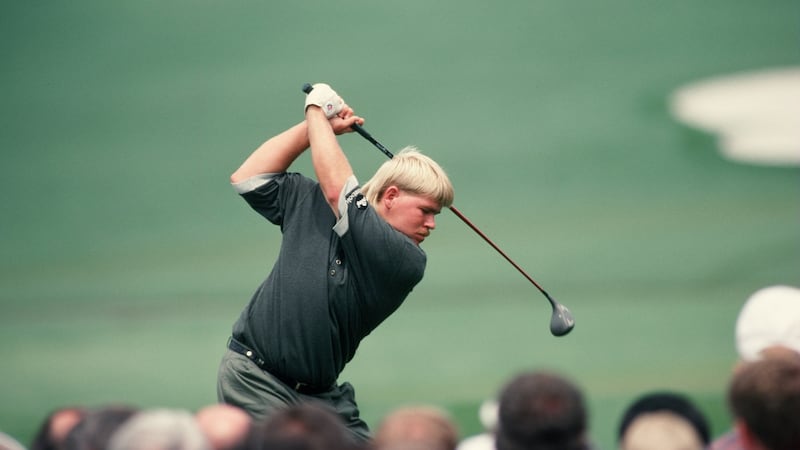Where will it all end, you’ve got to wonder?
Watching the final round of the Hassan Trophee II tournament on Sky Sports on Sunday, Richard Boxall, on commentary duty, got rather excited when given the measurement of Paul Waring's tee-shot coming down the closing stretch. It was 315 yards, but it was the fact that Waring – not known as one of the game's longer hitters – had not used a driver that most intrigued Boxall. The Englishman had hit 3-wood off the tee.
What’s happening with the lengths that players are hitting the ball is nothing new. Year on year, the driving distance statistics are demonstrating players are hitting the ball further and further.

It seems an age now since John Daly’s grip-it-‘n-rip-it style had observers concerned that things were getting out of control. Big JD burst onto the stage with an extravagant swing that seemed as if he were hitting the ball into the stratosphere.
Yet, let’s look at how far he really hit it. Sure, he left others in his slipstream. But in 1991 Daly led the driving distances on the PGA Tour when he averaged 288.9 yards. In 1992, it was 283.4 yards. In 1993, it was 288.9 yards. Get the drift? He was long, but not that long compared to the bombers out there these days.
Already this season on the PGA Tour stateside, there have been seven recorded drives at over 400 yards. Seven of those came in the Champions tournament in Hawaii, where Dustin Johnson's 428 yards drive was the longest of them all. Outside of Hawaii, Gary Woodland broke the 400 yards mark in the Phoenix Open and Sergio Garcia also achieved the feat at the WGC-Mexico championship where, admittedly, altitude was a contributory factor.
Now, get this. None of those players actually lead the driving distance average category on the PGA Tour this season. That honour belongs to Rory McIlroy, who is averaging 318.8 yards. This is the sort of distance that has topped the distance category on the PGA Tour in recent years: JB Holmes averaged 314.5 last year, while Dustin Johnson averaged 317.7 in 2015 and Bubba Watson averaged 314.3 in 2014.
A number of factors have contributed to the greater distances in the modern game compared to even the distances that Daly hit in the 1990s which would have left him 40 yards and more behind today’s bombers. One of them undoubtedly is that players are better conditioned, with it the norm rather than rare these days for the gym and weights to play a part in strength regimes.
But equipment – ball and driver – is the real driving factor in these increased distances which has brought with it longer and longer golf courses which actually don’t intimidate tour players in the slightest.
The issue of balls going further and further has been a concern in the game for quite a while. Jack Nicklaus – who also established a reputation as one of the finest golf course architects – has pointed out the effects of ever-longer courses on the environmental footprint and the cost of maintenance.
But there doesn’t seem to be any end to it any time soon.
Earlier this year, the USGA executive director Mike Davis floated the idea of "variable distance" balls at a conference in Canada, where tour players would play a differently manufactured ball that limits the distance it can be hit. It sounded like a radical proposal, but one that the ball manufacturers haven't exactly embraced with any enthusiasm.
And Billy Payne, the chairman of Augusta National, effectively accepted the reality that there will be no change any time soon when asked at the Masters if there was a possibility of introducing a special tournament ball there. "I don't think that will ever happen," he observed.
So, the ball is back in the court of the USGA and the R&A, the sport’s governing bodies. For now, though, expect those driving stats to continue to get longer.











